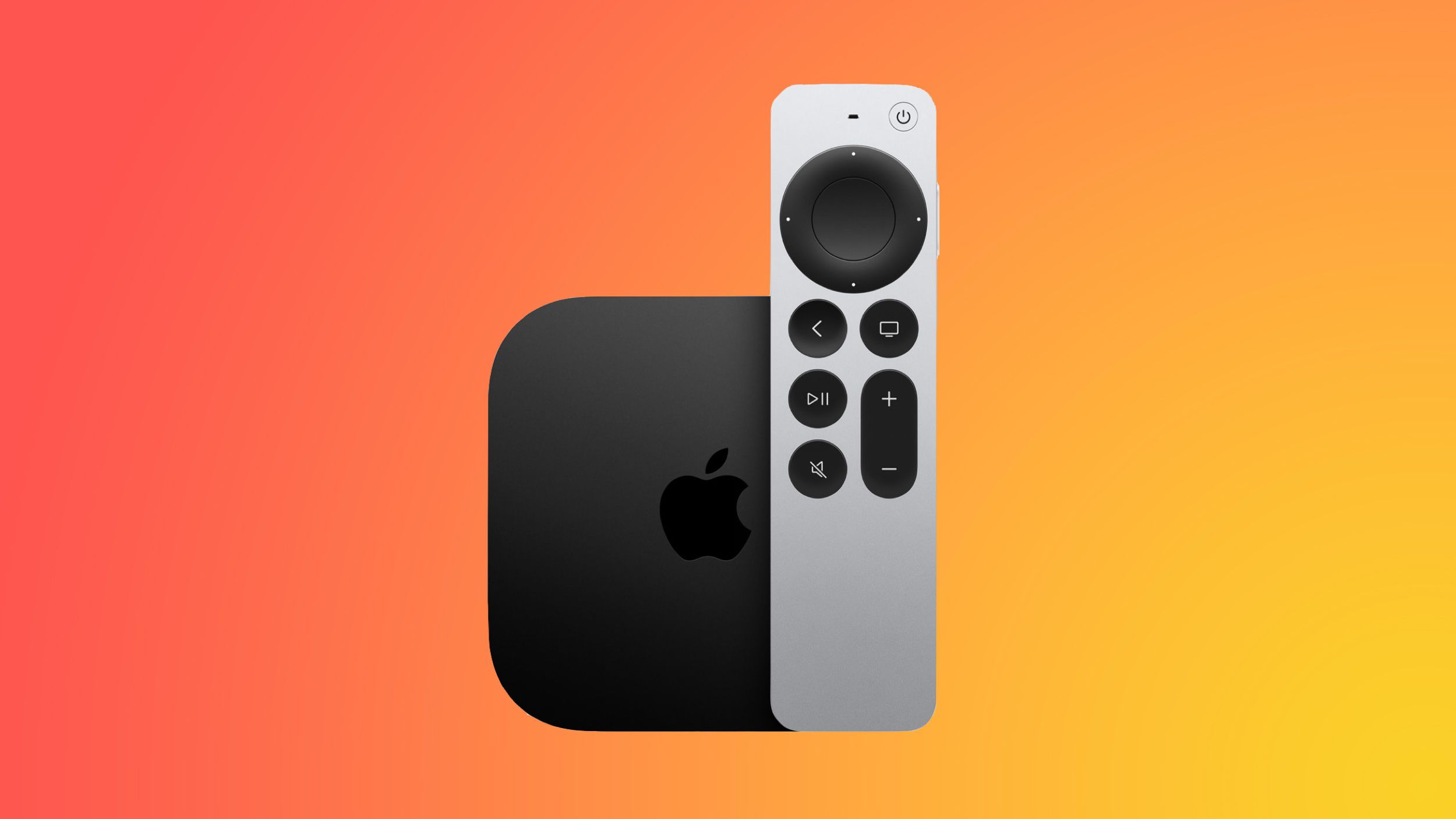Apple Brings Back Blood Oxygen Monitoring to Latest Apple Watches

Introduction
Apple has always been at the forefront of technology and innovation, constantly pushing the boundaries of what is possible with their products. In their latest announcement, they have once again raised the bar by bringing back the blood oxygen monitoring feature to their latest Apple Watches.
Redesigned Feature
The blood oxygen feature, which was previously available on older versions of the Apple Watch, has been completely redesigned for the latest models. The most significant change is that the metric will now be calculated on the iPhone instead of the watch itself. This means that users can get more accurate readings and have a better understanding of their overall health and fitness.
Improved Health Tracking
With this new feature, Apple is not only providing users with a more accurate way to monitor their blood oxygen levels, but it also opens up possibilities for more comprehensive health tracking. By having the metric calculated on the iPhone, users can now have access to more data and insights that can help them make better decisions about their health and well-being.
Conclusion
The return of the blood oxygen feature to the latest Apple Watches is a testament to Apple's commitment to continuously improving their products and providing users with the best possible experience. With this new and improved feature, users can now have a more complete understanding of their health and fitness, making the Apple Watch an even more essential device
About the Organizations Mentioned
Apple
Apple Inc. is a leading American multinational technology company known for pioneering personal computing, mobile devices, and software ecosystems. Founded in 1976 by Steve Jobs and Steve Wozniak, Apple revolutionized technology with the first commercially successful personal computer and mainstream adoption of the graphical user interface (GUI), setting new standards in product design, user experience, and seamless integration across devices[2]. Headquartered in Cupertino, California, Apple’s product lineup includes the iPhone, iPad, Mac computers, Apple Watch, AirPods, and services such as the App Store, Apple Music, and iCloud. The company has built a vast ecosystem that enables third-party developers to expand product functionalities, strengthening its market dominance. Apple is widely recognized for its innovation in hardware, software, and services, with an emphasis on aesthetics and privacy. In 2025, Apple committed to its largest-ever investment initiative, pledging $600 billion over four years in the United States to boost manufacturing, research and development, and advanced technology sectors like artificial intelligence (AI) and silicon engineering[1][3]. This includes new manufacturing facilities, expanded R&D centers, and a program called the American Manufacturing Program (AMP) to encourage domestic production of critical components. These efforts support over 450,000 U.S. jobs and aim to establish a robust supply chain within the country[3]. Financially, Apple remains a powerhouse with a market capitalization of $3.84 trillion and annual revenue exceeding $400 billion. However, in 2025, it faced challenges including a 19% decline in stock value, intensified regulatory scrutiny from the U.S. Department of Justice over antitrust issues, legal disputes related to the App Store, and competitive pressure in AI technology[1][2]. Despite these hurdles, Apple continues to innovate, recently updating its software platforms with a unified "Liquid Glass" design and expanding its AI-driven personal assistant, Apple Intelligence[1]. Under CEO Tim Cook’s leadership, Apple balances technological advancement








